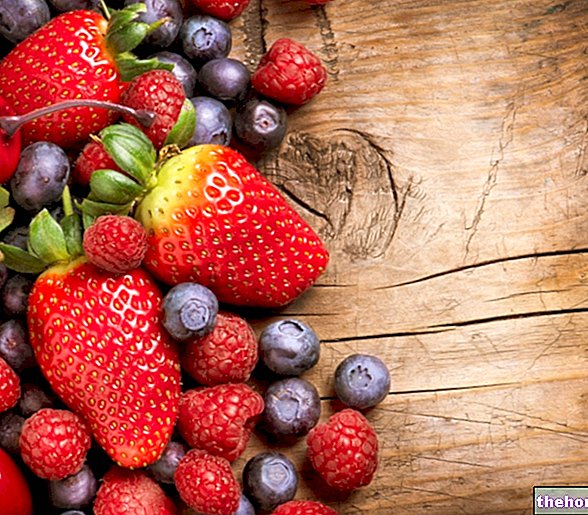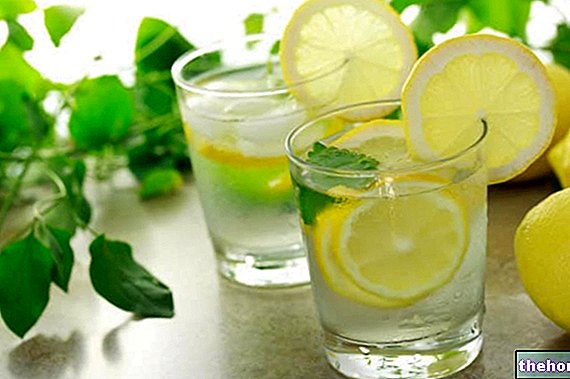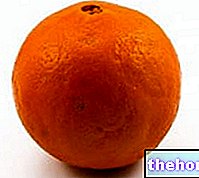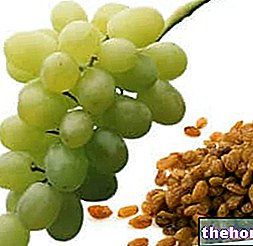Generalities on olives
Olives represent a typical food of the Mediterranean Diet and their consumption takes place by eating both whole fruit, both the seasoning oil that is obtained from it.

The subspecies and varieties of Olea europaea L. (olive tree) present in the world and in Italy are numerous and produce olives that differ in shape, size, color, ripening season and type of destination for consumption.
The olives ripen in different periods depending on the variety, the early ones are ready for harvesting in October, while the late ones last until December or January; with maturation, the olives increase their percentage of lipids and reduce the aqueous one; therefore, if the drupes are intended for pressing for oil, it is FUNDAMENTAL to identify the right moment of harvesting (respecting the climatic variables, the techniques and timing of harvesting and storage, etc.). For information on olive harvesting, see the article dedicated.
Curiosity: while in the indigenous areas it is a primary source of livelihood, in other geographical areas where it was introduced, the olive tree is not as appreciated; in Australia, for example, the " Olea europaea L. constitutes a real weed.
Pasta alla Puttanesca
Problems with playing the video? Reload the video from youtube.
- Go to the Video Page
- Go to the Video Recipes Section
- Watch the video on youtube
Black olives are a characteristic ingredient of pasta alla puttanesca
Olive tree, the olive tree
The olives they are the fruits (drupes) of the species Olea europaea L., Genus Olea and family Oleaceae (also called olive). It is an evergreen tree native to the Mediterranean basin, Africa and Asia, which over the centuries has also been exported elsewhere; has specific characteristics based on the varieties, but the latter are more or less all in common for:
- Short and stocky stem that does not exceed 8-15m in height (except for the Pisciottana, typical of the Campania region, which exceeds 15m in height).
- Green or silvery leaves, elongated in shape and between 1 and 3 cm in length
- White flowers
- Fruit consisting of small drupes commonly called olives; these are green in an unripe state but, when ripe, they darken tending to purple to become totally black.
ATTENTION! The black table olives present on the market boast a color so dark as to appear almost UNNATURAL; actually the appearance is not deceiving! These are artificially colored drupes by means of chemical substances ferrous sulphate (the salt of thehydrogen sulfide).
Parasites of olives and olive trees
The most harmful multicellular parasite for olives is the Dacus oleae, which lays its eggs in the drupes shortly before ripening making them inedible; on the other hand, the Black scale bug (a cochineal) and the Curculio nucum (also said beetle weevil). These organisms can be fought both with pesticides and with integrated or biological pest control.
There Olea europaea L. can suffer the negative effect of some fungi, among which we remember the "Oleaginum cycloconium, while in the group of bacteria the most harmful is the Pseudomonas savastanoi pv. Oleae.
Subspecies of olive trees
As we have said, there are numerous subspecies and varieties of European L. and, for disclosure correctness, below we will list only the best known subspecies; on the contrary, we will leave out the distinction of small varieties. Obviously, all these varieties produce olives with slightly different morphological-chromatic characteristics.
The most common subspecies are:
- Olea europaea subspecies europaea, typical of the Mediterranean basin
- Olea europaea subspecies cuspidata, typical of South Africa, East Africa, Arabia and southwestern China
- Olea europaea subspecies guanchica, typical of the Canary Islands
- Olea europaea subspecies cerasiformis, typical of Madeira
- Olea europaea subspecies Moroccan, typical of Morocco
- Olea europaea subspecies leperrinei, typical of Algeria, Sudan and Nigeria.
Structure of the olives
Olives have the typical structure of drupe, therefore they are composed of:
- Petiole with which the olive remains tied to the plant until the fall / harvest
- Epicarp external (the peel, outside of which there is a protective wax that hinders the dehydration of the fruit)
- Mesocarp intermediate (the pulp of the olives containing the lipid vacuoles in turn protected by some enzymes)
- Endocarp or core, that is, the means of proliferation of the "Oleacea europea L .; this, in turn, has a well-defined stratification:
- Woody exterior cladding and wrinkled (visible portion of the endocarp)
- Seed "proper" which contains other triglycerides, which can be extracted in the production of oil; however, the seasoning fat obtained from the seeds is not qualitatively comparable to the product obtained by squeezing the mesocarp. The seed is also known as the almond of the olives and is composed of:
- Endosperm (outermost)
- Episperm (intermediate)
- Embryo (innermost).

The yield of olives for oil production is on average about:
- 60-70kg of must, consisting of 1/3 of oil and 2/3 of vegetable water
- 30-40 kg of pomace
from which 17-18 liters of oil will be indiscriminately extracted (about 20%). NB. As well as the percentages indicated in the figure, the yield of olives varies significantly in relation to the different qualities of O.europea L. and the production season.
Composition of ripe olives
Waterfall
40,0-50,0%
Oil
15,0-36,0%
Nitrogenous substances
1,5-2,0%
Non-nitrogenous compounds
18,0-24,0%
Fibers
5,0-8,0%
Ashes
1,0-2,0%
Observing the composition table of the olives it is possible to notice a certain interval in the percentages of the molecules / elements; this variability is due to several factors such as: the variety of European L., the level of ripeness of the olives, the endemic and annual climate, the composition of the soil and the cultivation techniques. In particular, there are significant differences between the varieties of olives chosen for oil production (more fatty) and those for the production of table olives (richer in water).
Other articles on "Olives"
- Nutritional characteristics of olives
- Olives - Production and Processing




























